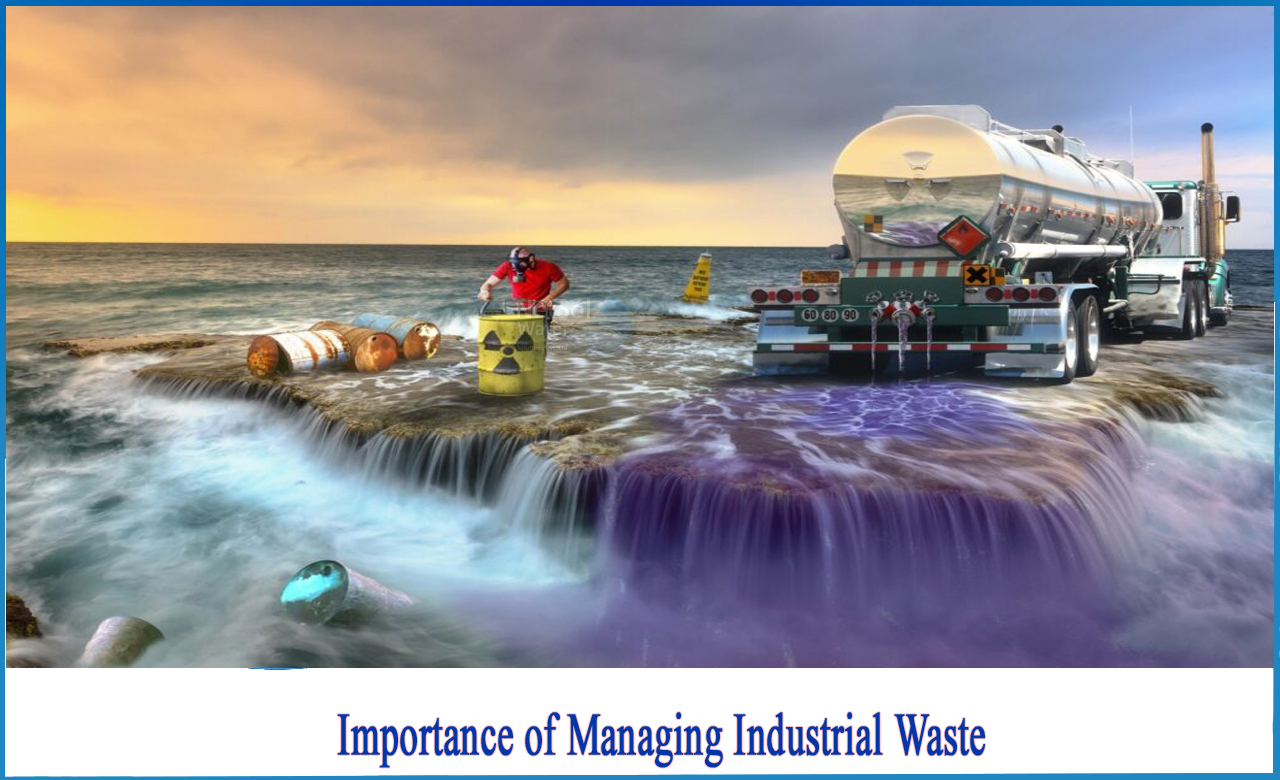Our Reclaim Waste Statements
Our Reclaim Waste Statements
Blog Article
Not known Facts About Reclaim Waste
Table of ContentsReclaim Waste Fundamentals ExplainedSome Known Questions About Reclaim Waste.Little Known Questions About Reclaim Waste.Reclaim Waste Fundamentals ExplainedIndicators on Reclaim Waste You Need To Know
Discover the kinds, occurrences, and kinds of fluid waste. Domestic sewer waste refers to the waste and items from a residential sewage-disposal tank. This type of waste is created by human beings in homes, schools, and various other buildings. This only consists of septic systems that have a drain area. The proper management and disposal of domestic sewer waste call for fluid waste to be moved to a sewer therapy plant where the appropriate approaches and equipment are put on detoxify and throw away waste.
Business waste typically consists of prospective dangers, such as flammable materials or a combination of fluid and strong waste items, and calls for a more advanced and detailed disposal process. The disposal of commercial waste usually entails the filtration of waste prior to transportation to make certain safe and proper disposal. Hazardous waste is created from results and drainage of industrial processes and production.
This sort of waste can not utilize the same sewage monitoring transport or procedures as septic or industrial liquids. The hazardous waste management process needs the evaluation and testing of liquid waste before it undergoes the disposal process (liquid waste removal melbourne). Overflow waste is the fluid waste that comes from runoff and excess stormwater in highly populated areas or cities
Drainage waste can trigger contamination and flooding if not managed effectively. Ensuring correct waste monitoring can protect against disasters and decrease environmental harm.
Some Known Incorrect Statements About Reclaim Waste
Call PROS Solutions today to find out about our waste management and disposal services and the correct methods to look after the liquid waste you generate.
(https://packersmovers.activeboard.com/forum.spark#comment-71317007)Do you understand what happens to your water when you disengage, flush the toilet or drain pipes the cleaning maker? No? Well, it's worth recognizing. This so-called 'wastewater' is not only a vital source but, after therapy, will certainly be released to our land, rivers or the ocean. Used water from commodes, showers, baths, kitchen sinks, washings and industrial procedures is understood as wastewater.

water made use of to cool equipment or clean plant and tools). Stormwater, a type of wastewater, is drainage that flows from click this farming and urban locations such as roofing systems, parks, yards, roads, courses and rain gutters into stormwater drains pipes, after rain. Stormwater flows untreated straight to local creeks or rivers, ultimately reaching the ocean.
Getting My Reclaim Waste To Work
In Queensland, many wastewater is dealt with at sewer treatment plants. Wastewater is transferred from residential or commercial websites via a system of sewers and pump stations, referred to as sewage reticulation, to a sewer therapy plant. City governments develop, preserve and run most sewer treatment plants. Operators are certified under the Environmental Management Act 1994 to release treated wastewater at an appropriate ecological requirement into waterways.
The Division of Natural Resources advises local governments about handling, operating and keeping sewage systems and therapy plants. In unsewered areas, regional governments may need owners to install specific or family sewer treatment systems to deal with domestic wastewater from toilets, kitchen areas, bathrooms and laundries. The Department of Natural Resources authorizes using family systems when they are verified to be efficient.
Many stormwater receives no treatment. In some brand-new class, treatment of some stormwater to remove clutter, sand and crushed rock has actually begun utilizing gross contaminant traps. Wastewater treatment takes place in four stages: Eliminates solid issue. Larger solids, such as plastics and various other items mistakenly released to sewage systems, are eliminated when wastewater is passed with displays.
Wastewater after that moves into huge tanks where solids clear up and are removed as sludge. Oil and scum are skimmed from the surface. Uses small living organisms called micro-organisms to damage down and remove continuing to be dissolved wastes and fine fragments. Micro-organisms and wastes are incorporated in the sludge. Eliminates nitrogen and phosphorus nutrients that could create algal flowers in our rivers and threaten water life.
Reclaim Waste - Truths
Nutrient elimination is not available at all sewage treatment plants due to the fact that it requires costly specialized devices. Clear liquid effluent generated after treatment might still contain disease-causing micro-organisms - liquid waste disposal.

Most wastewater flows into the sewage system. Under the Act, regional federal governments provide approvals and permits for environmentally pertinent activities (Periods) including wastewater releases that may have a local influence.
Not known Incorrect Statements About Reclaim Waste
Otherwise, examples are considered laboratory evaluation. Frequently lots of tests are needed to develop the levels of each of the different toxins such as oils, heavy steels and chemicals in water. Surveillance offers accurate details about water high quality and can validate that licence conditions are being fulfilled. The information acquired with surveillance provides the basis for making water high quality choices.
Report this page